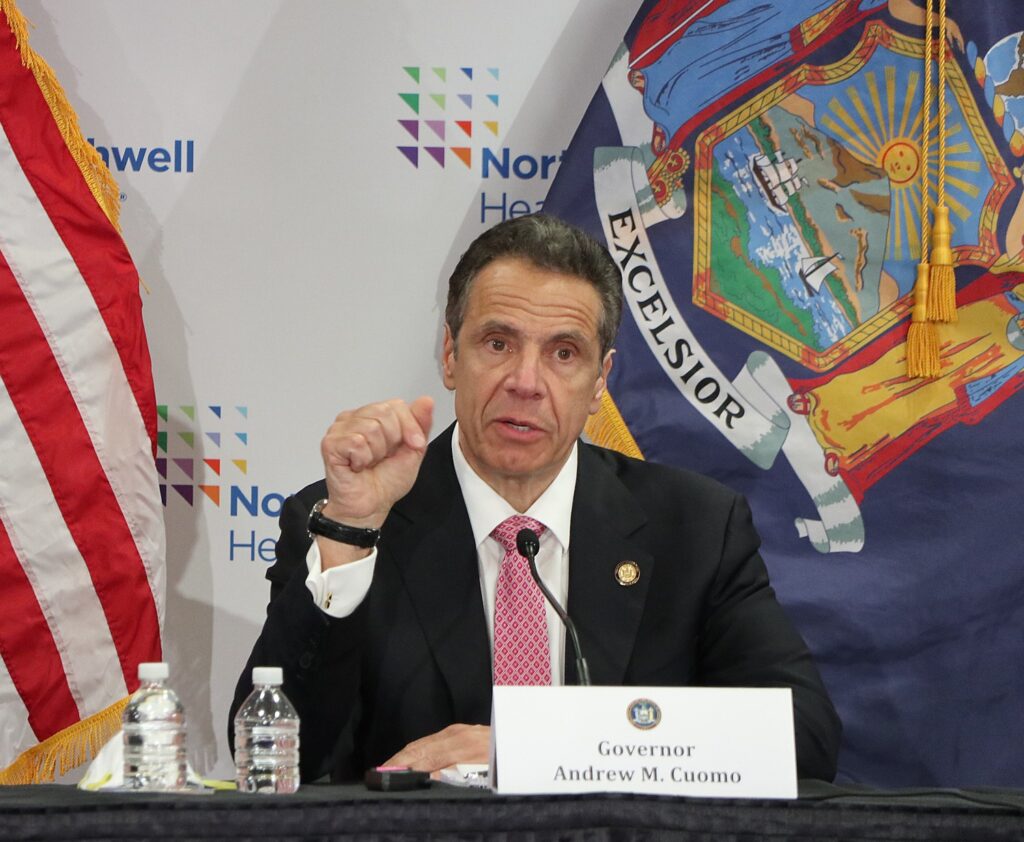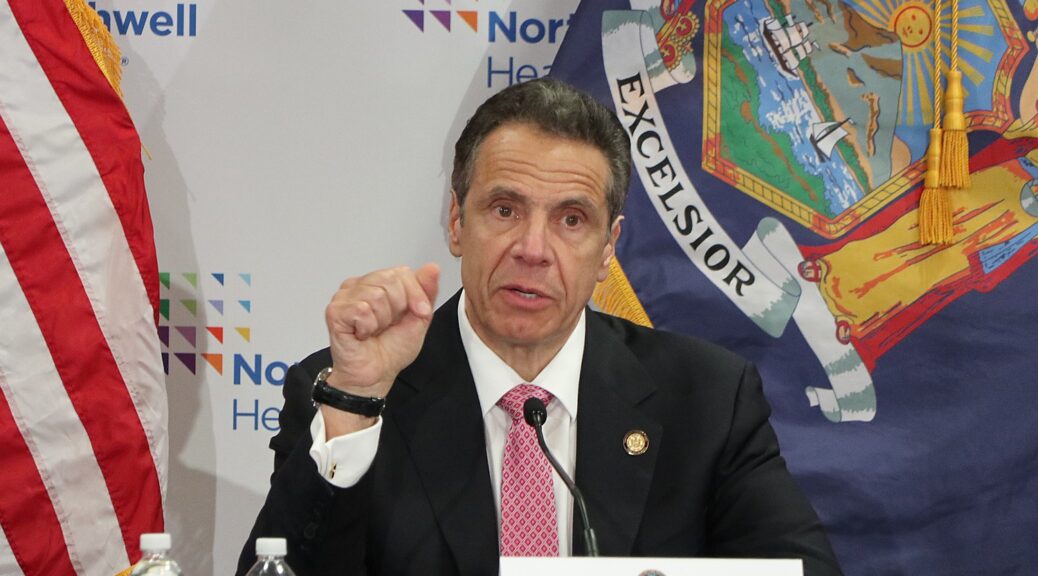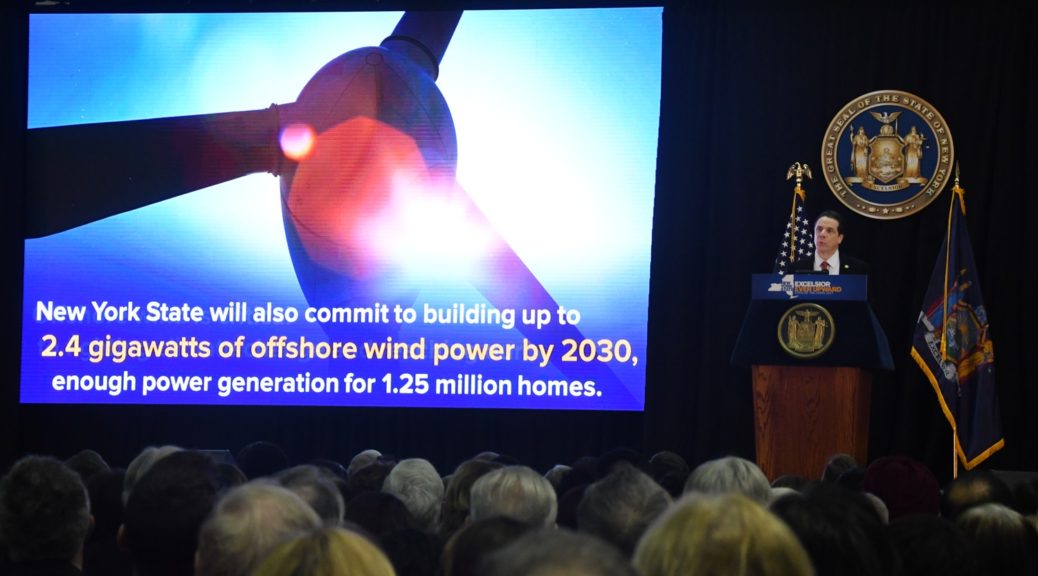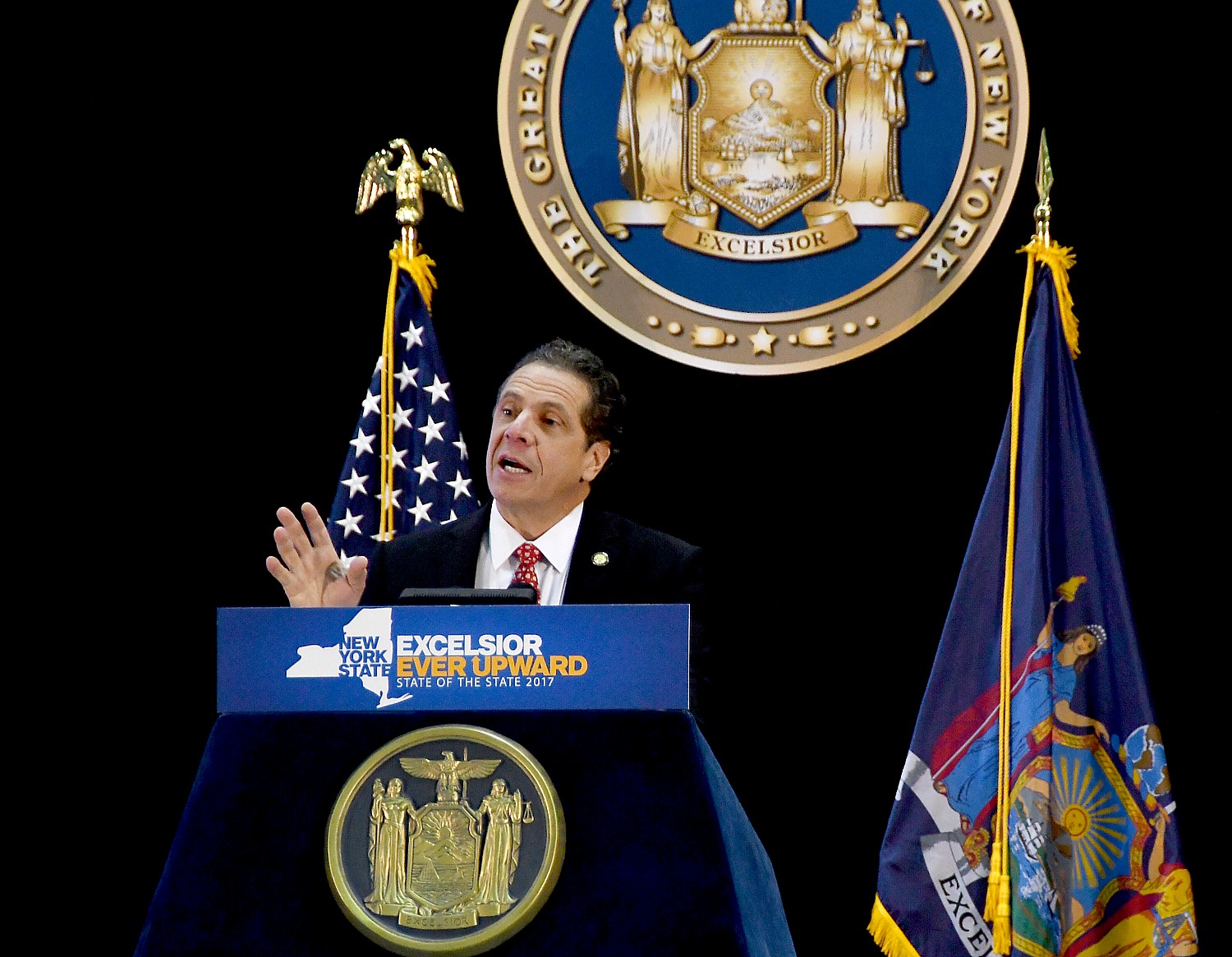
New York State has been awarded an $18 million federal grant to fund educational opportunities that train New Yorkers for in-demand jobs, support entrepreneurs, and help small businesses recover from the coronavirus pandemic. New York was one of just eight states to receive the funding – made available through the CARES Act – and received the most of any state that was awarded a grant. Governor Andrew M. Cuomo made the announcement during Workforce Development Awareness Week.
“The coronavirus pandemic is far from over, and as we continue to fight against this deadly virus, we must also respond to the economic devastation it has caused. With millions of Americans out of work, we must use every resource available to train New Yorkers to compete – and succeed – in this difficult economic situation,” Governor Cuomo said. “Our workforce is the bedrock of our economy, and I know that this funding will help bridge the gap between education and industry, allowing us to build back better by uplifting both individuals looking for jobs and small businesses across the state.”
“We are making success accessible ensuring New Yorkers have the training and skills they need to seek new jobs and opportunities as we continue to battle this pandemic,” said Lieutenant Governor Kathy Hochul.”Our ongoing workforce development initiative is supporting efforts to improve the economic security of women, youth and other groups that face significant barriers by making job placement more inclusive and leaving no New Yorker behind. We are sending a clear message to New Yorkers that they will have the training and skills they need to succeed as we build back better, smarter and stronger for the future.”
The New York State Department of Labor will partner with the Office of Workforce Development, Empire State Development, New York’s ten Regional Economic Development Councils, the State University of New York, and the City University of New York to allocate the federal grant funding on programs that support New York’s continued economic recovery.
Educational programs will focus on developing the skills needed to succeed in emerging growth industries like tech, logistics, and advanced manufacturing, and supporting entrepreneurs. New York’s multi-pronged approach will include four elements:
1) Education for Hard-Hit NYC: In New York City, which was among the worst-hit COVID-19 communities, the CUNY system will assist in training residents with the digital skills needed for in-demand sectors such as data analytics, cybersecurity, advanced logistics/supply chain, digital marketing and communications, and software development.
2) “Stay Near, Go Far” at SUNY: At 30 community colleges across the State, SUNY will leverage its existing “Stay Near, Go Far” initiative to train New Yorkers in high growth industries, including technology, healthcare, and advanced manufacturing, and provide them with the entrepreneurial skills needed to open their own businesses.
3) Entrepreneurship Boot Camps: Building on its existing resources, Empire State Development will host a series of intensive workshops and boot camps to train entrepreneurs and small business owners on how to run their own business during – and after – the pandemic.
4) Industry Focus, Regional Results: The Department of Labor will issue a competitive Request for Proposals and work with New York State’s ten Regional Economic Development Councils to identify industry-driven programs that either train job seekers to meet current local employment needs or are designed to address future economic and workforce development needs.
New York State Department of Labor Commissioner Roberta Reardon said,”The COVID-19 public health emergency has changed nearly every facet of our lives – including our workplaces and workforce. We have a responsibility to prepare New Yorkers to succeed in, during, and after the pandemic, and these new training opportunities will give them the skills needed to get back to work and help small businesses thrive.”
“Workforce training has long been a fundamental part of ESD’s mission and will be a key towards helping our State’s businesses build back better,” Empire State Development Acting Commissioner and President & CEO-designate Eric Gertler said. “This funding allows us to develop, in partnership with and supported by the strength of New York’s top-tier public universities, workshops and boot camps that will connect entrepreneurs with the skilled talent needed to meet the challenges of this new economic environment.”
State University of New York Chancellor Jim Malatras said, “The Pandemic has challenged us to identify and pursue bold, creative, outside-the-box strategies for stimulating the economy and getting people back to work. Connecting people with the specific skills needed for in-demand jobs right in their own communities is crucial to rebuilding the economy and ensuring that New Yorkers who have fallen on hard times can find new, meaningful opportunities that support themselves and their families. The Reimagine Workforce Preparation Grant will provide a major boost to that important effort.”
“CUNY is committed to helping all New Yorkers navigate and access high quality upskilling opportunities that are connected to jobs that are growing, as our City and State continue to recover economically,” CUNY Chancellor Félix V. Matos Rodríguez said. “This grant will enable CUNY to serve thousands of New Yorkers in important areas like digital marketing, data analytics, software and web app development.”
Congressman José Serrano said, “We have to make sure New York’s labor force has the skills necessary to access opportunities as we recover from COVID-19. This initiative will expand access to free or low-cost support, education and training in the state of New York – one of only eight states selected for this investment. Made possible thanks to the CARES Act approved in Congress, this timely effort will ultimately help local workers, entrepreneurs and small businesses find opportunities, remain in business, and emerge stronger during and after COVID-19.”
Congressman Joseph Morelle said, “COVID-19 has left more than a million New Yorkers out of work and businesses across every sector struggling, profoundly altering the future of our economy. We need bold investments in workforce development to rebuild and recover from this pandemic, and I’m proud to have helped secure critical funding through the CARES Act to make this initiative a reality and give workers and businesses the support they need. I’m grateful to Governor Cuomo for his steadfast leadership throughout this crisis and his commitment to ensuring New York emerges safe and stronger than ever.”
This federal grant comes as New York State recognizes its second-annual Workforce Development Awareness Week, which runs September 28 to October 4. During this week, New York State spotlights job training and higher education strategies that will help meet business and industry workforce needs, improve regional talent pipelines, enhance the flexibility and adaptability of local workforce entities, and expand workplace learning opportunities for the diverse cross-section of people who remain the bedrock of the state and nation’s workforce. These efforts take on even more importance as the state continues to battle the COVID-19 pandemic, continues the state’s economic reopening, and begins the process of building back better.




